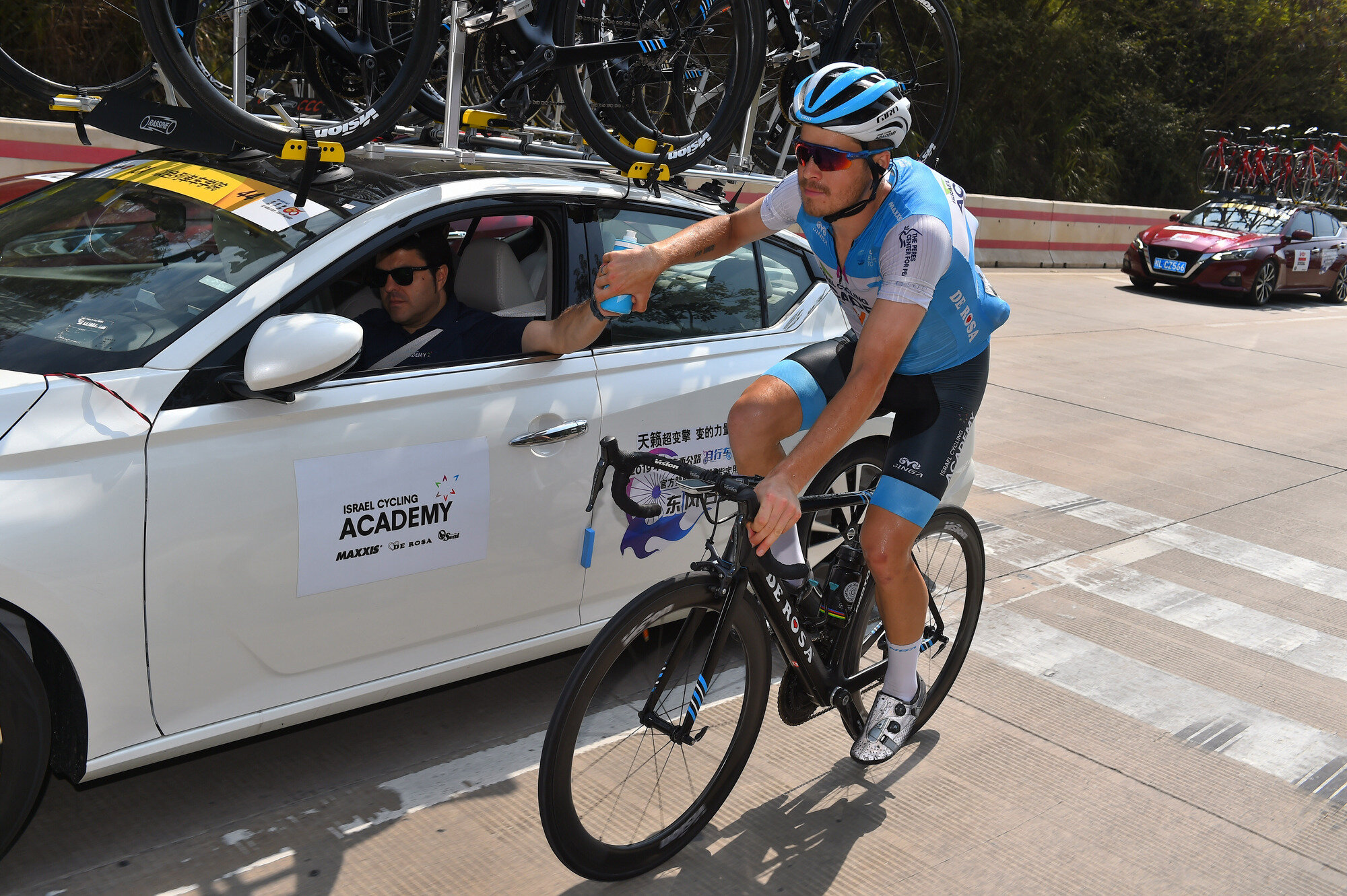Four reasons to train on rollers versus fixed wheel indoor setups
I’ve no idea if riding rollers for 30 mins several times a week will make me stronger. All signs however point to yes. In any case, I’m not sure I care. The puddles of sweat underneath suggest effort and benefit. I’ll take it.
I initially labeled them complicated when they came from Elite (stupid Internet) - which is probably why they sat unboxed for months. That, and I’ve not been motivated to do structured training for years. But now I get it. Rollers - these in particular - feel like more of a traditional training tool than many modern Smart Trainers; an analogue rebuke to omnivorous cycling tech.
Would I recommend them for a 3-hour Zwift? No. But I don’t want to Zwift. Ever. Elite’s Quick Motion rollers are the stopgap to foregoing high intensity efforts that I’ve been after. Here’s why I’d recommend them over fixed wheel setups.
Christ, they’re efficient. 15 x 30. Ramps. Big Blocks. My Strava reads like I’ve morphed from roller-curious to roller-obsessed, their awesomeness growing with each sync. It’s the first bit of structured training I’ve done in years (check out these recommended 30-minute sessions). They’re proving addictive. I might even be enjoying myself. I’m routinely downstairs in a grim but well-lit storage locker spinning 4 times a week. It is 2017 again. I care about having good legs come Spring, even if it means some turbo time.
Yes, you can do the same workouts on any trainer – rollers or otherwise. Rollers amount to more than simply turning the pedals however; they build stability, too, something I desperately lack. I’d argue I’m getting more of the training I need, and in small structured blocks that neatly fit into a busy-ish schedule. As my interest wanes in doing winter ride levels of laundry, I’m am defaulting to them more often.
If you lack stability and core strength, read on. I know I lack core strength. Despite this, I’ve not changed my training much other than recently adding 10 minutes of daily foam roller time to my routine. This is insane, given how, in two weekly 30-minute core sessions, I could compensate and be stronger, draw more power from a strong midsection and enjoy more general suppless. Slothfulness, however, generally wins.
Lightweight and compact, rollers are a natural companion for 30-minute efforts, warming up and cooling down.
Rollers have stepped in as a good solution. You can’t simply tune out on the QM’s, but are forced to engage core, arm and shoulder muscles if the desire is to stay upright, which it should be. The result is a muscular engagement you wouldn’t get otherwise - a tangible benefit that’s immediately transferable to more strength and better posture on the road.
They are compact and transferable. Euro flats don’t come with big basements. And heavy turbo trainers aren’t easy to transport, which is why many spatially challenged, highly mobile athletes opt for rollers. The Quick Motion rollers fold up to roughly the size of two large stacked shoeboxes. They also tuck well under bed frames. Pull them out, hop on your bike and start riding. Their simplicity makes them an easy relationship to have in your life, no matter where it is you want to use them.
They float. And floating is awesome. There’s about 5 cm of linear float on the QM rollers. So when pedalling at higher intensity or standing up, the give mimics some of the dynamism of actual riding (IRL). Initially this feels unstable, so much that you think you’re going to come off because the base moves slightly backwards and forwards. But once you get comfortable with the play, it gets easy (with a wall at arm’s length). With time, each movement is a game at which I’m getting skilled and strong.
Elite’s Quick Motion rollers retail for around $300. More at https://www.elite-it.com/en/products/home-trainers/rollers/quick-motion.





















